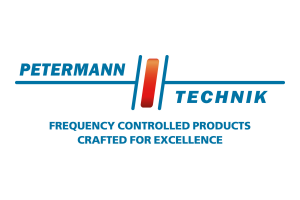For Automotive Emergency Call System
New Evaluation Solution for “Hybrid eCall”
Anritsu launches an evaluation solution for the “Hybrid eCall” advanced automotive emergency call system. According to Anritsu this marks a real industry first (*1).
Hybrid eCall seamlessly integrates high-speed 4G (LTE) communications with conventional 2G (GSM/GPRS) and 3G (W-CDMA) networks, ensuring uninterrupted emergency connectivity regardless of location. This solution facilitates the efficient and reliable development of Hybrid eCall compatible vehicles by automotive manufacturers.
Why Hybrid eCall Matters
The eCall system automatically initiates emergency rescue requests in the event of a collision. When onboard sensors detect an accident, the In-Vehicle System (IVS) transmits location and vehicle data to the Public Safety Answering Point (PSAP). Operators then use this information to dispatch rapid rescue services.
While conventional eCall primarily used 2G/3G networks, Next Generation (NG) eCall over 4G is increasingly widespread. It supports faster and more stable communication than its predecessor eCall and offers advanced features like transmitting accident scene footage. The EU plans to mandate NG eCall starting January 1, 2026, making compliance an urgent priority for automotive manufacturers.
However, conventional eCall is still necessary in areas without 4G network coverage. Consequently, Hybrid eCall technology—which switches between NG eCall and eCall based on network availability—is a focus of attention. Supporting Hybrid eCall ensures reliable emergency call services anywhere, making it essential for automotive manufacturers to adopt.
Product Overview
Anritsu's evaluation solution is a PSAP simulator required for developing Hybrid eCall-compatible in-vehicle systems (IVS).
This solution consists of:
- Signalling Tester MD8475B
- eCall Software
- NG eCall Software Option
- Hybrid eCall Software Option
Key Features:
- Evaluation using one MD8475B unit
- Seamless testing without switching between multiple software packages
- SRVCC (Single Radio Voice Call Continuity) supporting seamless handover of VoLTE (Voice over LTE) calls from LTE networks to 2G or 3G networks
Notes
*1: For Hybrid eCall-compatible PSAP simulators (Anritsu survey, September 2025)





